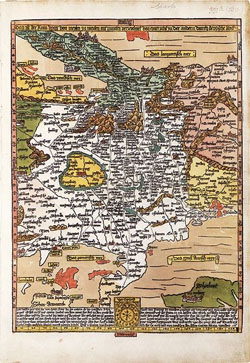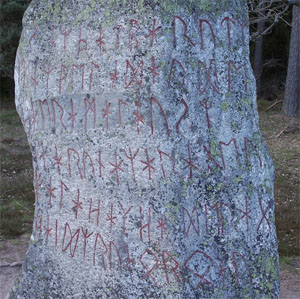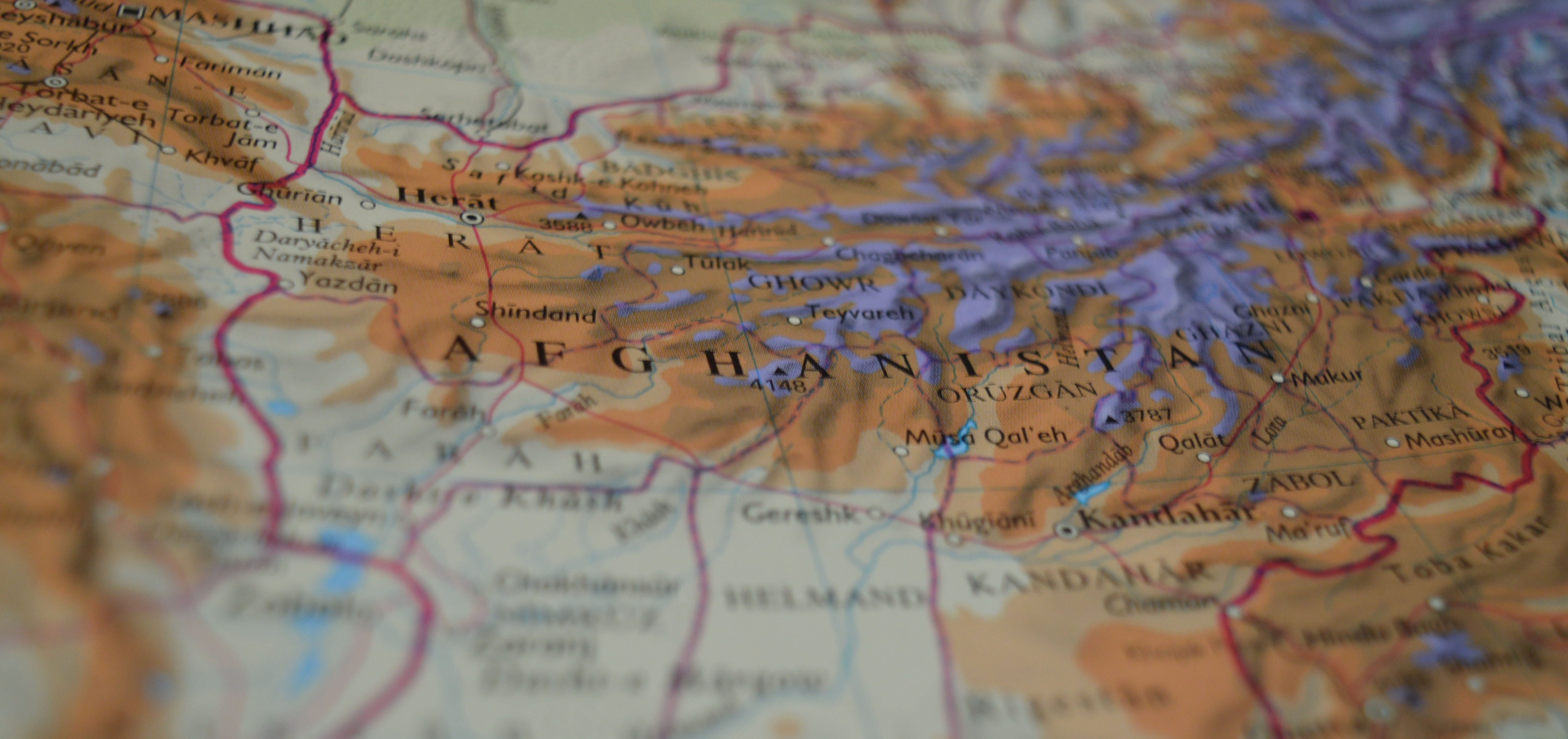I am you from the future. There is No Time To Explain. Follow m– AAAUAUUGHHH!!!! Be part of an indie game with a sense of humor.
No Time To Explain!
Thought of the Day: Sponsored Pilgrimages
 In the Middle Ages, the wealthy were known to sponsor holy pilgrims. Like modern millionaires funding a NASCAR team, the sponsors would share in the reflected glory of the pilgrimage. Of course, as in all matters of salvation and piety, there were also deeper spiritual entanglements to consider in such things: Acting in their name and as their agents, the pilgrims would receive blessing not only for themselves but for the lords and ladies in whose name they journeyed.
In the Middle Ages, the wealthy were known to sponsor holy pilgrims. Like modern millionaires funding a NASCAR team, the sponsors would share in the reflected glory of the pilgrimage. Of course, as in all matters of salvation and piety, there were also deeper spiritual entanglements to consider in such things: Acting in their name and as their agents, the pilgrims would receive blessing not only for themselves but for the lords and ladies in whose name they journeyed.
Historically speaking, the sponsoring of pilgrimages were partly a matter of holy duty (like any other form of tithing) and partly a matter of expediency (for those too busy to make the journey for themselves). In a fantasy setting, however, it would be fairly easy to imagine a third parameter: Danger.
Enter the adventurers.
Imagine, for example, an ancient holy site which is now located in the upper lairs of the Bloodreaver Dragons. Or in the Lava Caverns of the Myrmarch. Or lost in the eddies of the Astral Sea.
And in a world where the gods are active (and perhaps even malevolent) forces, the stakes for successfully performing such pilgrimages might be incredibly high. Thus those who have proven that they can make the greatest dangers into their play-things could easily find great profit in performing such journeys.
A sponsored pilgrimage could be a fun, exploratory travelogue (an appropriate sub-structure for any hexcrawl); it could be tied into a larger scenario (“we need guidance from the Forgotten God of the Purple Seas, and you must journey to his Broken Temple lost among the Steppes of the Black Wight”); or it could be the seed for even larger adventures (“we went to Thor’s shrine for you, but now we all seem to be having visions of Ragnarok”).
Thought of the Day: Scurriers
Found a great word the other day: Scurrier.
It’s an old term referring to “one sent out to reconnoiter or scout”. It originally seems to have applied specifically to military scouts (who would be sent out to “scour” the countryside), but in the 16th century it seems to have migrated into more domestic concerns as a sort of “special agent” before abruptly disappearing from the language.
I just love the archaic tang of it. It makes it sound like the perfect job for a group of PCs: Whether exploring a vast wilderness; investigating extraordinary crimes; acting as agents in a foreign land; or any number of other activities.
It could also be readily applied to any number of modern milieus as well: Scurriers of the Knight Templars emerging from the hidden sanctuaries to pursue the Order’s agendas in the 21st century. Or perhaps agents of an ancient order which has charged itself with scourging the planet of the vampiric plague.
What about applying it as a bit of cyberpunk slang referring to the ‘runners who scout out the digital frontiers?
Once you start looking, it seems like there’s no place you won’t find scurriers scurrying.
Campaign Pitch: The Taliban Proxy
Last year, after writing Node-Based Scenario Design, I received several e-mails from people interested in how node-based scenario design could be translated into a published product. This was an extended pitch I put together for a publisher who then, regrettably, disappeared off the face of the planet and stopped responding to my e-mails. I don’t think I’m going to be doing anything with it, so I thought y’all might find it interesting and/or useful.
The basic concept was a “ripped from the headlines” spy campaign in the vein of James Bond. This proposal doesn’t focus on the detailed node interactions, but instead looks at the “layer cake” structure of the whole campaign.
THE TALIBAN PROXY
START: The PCs are part of a task force investigating increased gang violence in a major American city. (I’m leaning towards San Francisco. But a gunfight in the Seattle Space Needle also sounds like a nice set piece.)
FIRST ESCALATION: They discover that they’re actually investigating a proxy gang war, like the ones fought between Pakistan’s ISI and Indian CBI in the streets of Bombay. In this case, the gangs are being supported by the Al-Shibh terrorist organization and the CIA. (Al-Shibh is derived from the Arabic word شبح, meaning literally “the ghost”.)
SECOND ESCALATION: There may be a bit of a thematic cul-de-sac involving the illegal CIA operation (with a wider consideration of fighting symptoms instead of causes), but the overall thrust is discovering Al-Shibh’s connection to a resurgent Taliban in Afghanistan. This investigation, backdropped by the ongoing war, lead the operatives to a massive Taliban operation hidden within previously undiscovered mammoth caves. (I’d like to tie the discovery of these caves into the “ripped from the headlines” element of the massive mineral wealth recently discovered by a geologic survey in the country. At least part of the structure can take the form of “cockroach tracking” — blowing a base and then tracking the survivors to the next base.)
THIRD ESCALATION: Breaching the Taliban complex, however, reveals that the Taliban isn’t the ultimate source of the money used to fund the proxy war. The Taliban itself was being used as a proxy. These leads take them to the blistering heat of Dubai where they have to unravel their way through the emirate’s massive money-laundering industry. Crazed architecture and mind-searing opulence provide the backdrop for an investigation harried by ever more active opposition.
FOURTH ESCALATION: The leads in Dubai take the investigators into the heart of the Biggest Bank Heist of All Time — the looting of $1 billion from the Central Bank of Iraq in March 2003. (The Central Bank was recently attacked again. This could be fodder for a “trying to destroy the evidence” sequence.)
BIG CONCLUSION: All the evidence now points to Qusay Hussein, the son of Saddam Hussein who was responsible for robbing the Central Bank of Iraq. Qusay, now in disguise, is apparently running the small Eastern European country of Nistrulia (which will be based on the real-life mafia state of Transnistria). But that’s not possible… Qusay was killed by American soldiers in July 2003. Or was he?
In any case, the PCs are now forced to fight the leader of a sovereign nation on his own turf — pitting their infiltration skills against a highly sophisticated police state.
Scrolls: Bonds of Power
 In the beginning there was the Word.
In the beginning there was the Word.
And the Word had Power.
Many laypersons believe that arcane sigils are a language which describe power. But true wizards know that the symbols are the power. Wizards know full well the dangers of unleashing such runes in the open tablets of their minds, but they also know the great advantage of it and are willing to wrestle with the words for possession of their own sanity.
This is the great art of the scroll-writers: To trap primeval energy, ethereal spirits, and astral constructs in the ancient bonds of ink and parchment. If one were to carelessly copy such writings — to treat them like any scribbling to be trivially transcribed — one would be fortunate to merely waste their time. Far worse would be to mimic rites without perfecting them; to attract spirits without binding them.
Photo by Henrik Sendelbach.
Archives
Recent Posts
- Ex-RPGNet Review: Big Eyes, Small Mouth – GM Screen
- The Vladaam Affair – Part 13B: Magi Guildhouse – 1st Floor
- Advanced Gamemastery: Adversary Rosters
- The Vladaam Affair – Part 13: Red Company of Magi
- 5E Monster: Pearl Golem
Recent Comments
- on Ex-RPGNet Review: City State of the Invincible Overlord
- on Ex-RPGNet Review: City State of the Invincible Overlord
- on In the Shadow of the Spire – Session 23A: Let Slip the Dogs of Hell
- on Ex-RPGNet Review: Big Eyes, Small Mouth – GM Screen
- on Empower Your Prep: The Rachov Principle
- on 5E Monster: Pearl Golem
- on Ex-RPGNet Review: City State of the Invincible Overlord
- on 5E Monster: Pearl Golem
- on Xandering the Dungeon – Addendum: How to Use a Melan Diagram
- on Ex-RPGNet Review: Big Eyes, Small Mouth – Fast Play Rules

